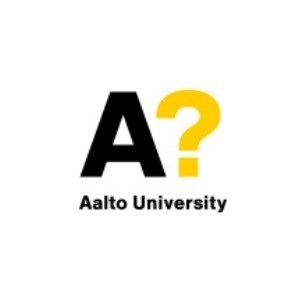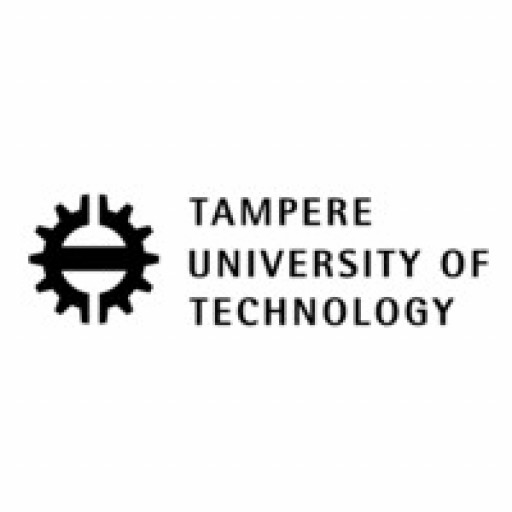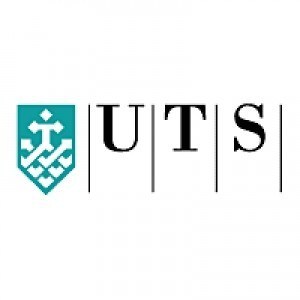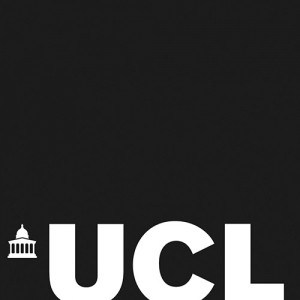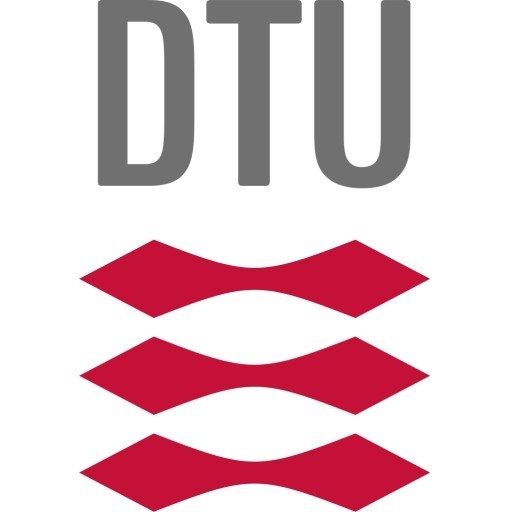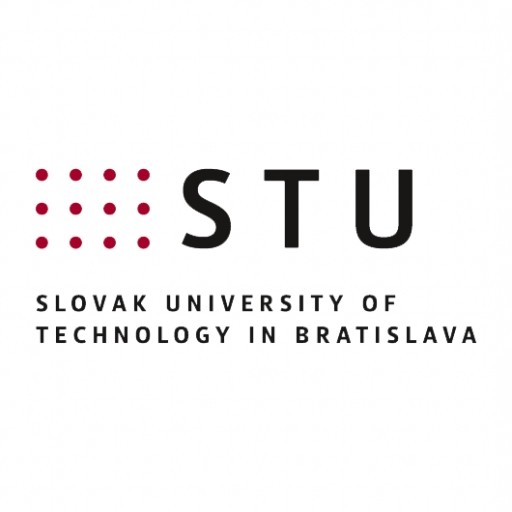Photos of university / #aaltouniversity
The Bachelor's Programme in Architecture at Aalto University is a comprehensive and innovative educational pathway designed to prepare students for a dynamic and evolving profession. This program offers a solid foundation in the fundamental principles of architecture, combining theoretical knowledge with practical skills to foster creative and responsible design solutions. Throughout the curriculum, students engage with a diverse array of subjects including architectural design, history, theory, construction technology, sustainability, digital tools, and urban planning. The program emphasizes the importance of understanding societal contexts, environmental challenges, and technological advancements, enabling graduates to address complex architectural issues with confidence and professionalism.
At Aalto University, the architecture programme encourages interdisciplinary collaboration, allowing students to work alongside experts in design, engineering, and urban development. The program is structured to promote critical thinking, innovation, and a deep appreciation for cultural and environmental sustainability. Students benefit from state-of-the-art facilities, including design studios, laboratories, and digital fabrication workshops, which support hands-on learning and experimentation. The pedagogical approach combines lectures, workshops, studio projects, and real-world collaborations, fostering a learning environment that is both challenging and inspiring.
The faculty comprises leading scholars and practitioners dedicated to nurturing the next generation of architects. Practical training, including internships and project work, is integrated into the curriculum to ensure students gain valuable industry experience. Graduates of the program are equipped with the skills necessary to pursue careers in architecture practice, urban planning, interior design, and related fields, or to continue their studies through master's level programs. Emphasizing sustainability, innovation, and social responsibility, the Bachelor's Programme in Architecture at Aalto University prepares students to become forward-thinking professionals capable of shaping the built environment for a sustainable future.
Architecture is a field of technology and of art. Architecture teaching combines knowledge-based professional material and artistic understanding and expression skills. An architect must be able to see problems from many different directions, which is the reason for the broad-based nature of the degree in architecture. The current nature of the education develops the student's scientific and artistic thinking relating to the construction of a socially responsible and sustainable future.
The key content in master's programme education is to develop and deepen the skills obtained during the bachelor's phase. The topics include the history and theory of architecture, building design and Finnish building art as well as urban planning and design. Course and design studio teaching is enhanced by means of multidisciplinary collaboration and new teaching methods. Learning by doing, the simulation of so-called 'real' design assignments is still an important part of the education of an architect.
Admission procedure
Students apply for the Master’s Programme in Architecture via the master’s degree admissions process for science and technology. Selection for a master’s programme leading to a higher degree is mainly based on studies completed earlier and is carried out as a so-called paper selection without an entrance examination.
The selection criteria for the master’s phase are an applicable earlier degree in the field of architecture, the amount of applicable studies, motivation and commitment on the basis of a motivation letter, and the overall level of the application. A portfolio of the applicant’s own practice work and any other personal work is a compulsory and important appendix to the application. It must illustrate the applicant's architectural design skills and artistic nature in a broad-based manner. The main focus of the evaluation is placed on design sketches and other image material.
Evaluation criteria
The final admission is based on the academic assessment. The evaluation process is competitive and the number of available study places is limited. The used criteria is as follows:
- The applicability of the previous degree, i.e. bachelor’s degree or equivalent from a well reputed school of architecture
- The amount of relevant studies
- The academic performance of the applicant
- The quality of the application as a whole, including the portfolio
- The motivation and commitment of the applicant on the basis of a motivation letter.
A portfolio consisted of the applicant’s own works is mandatory. The portfolio should widely present the candidate’s architectural and artistic skills and creativity. The evaluation emphasis lies mainly on design drawings and other illustration material. It should be in paper form, easy to handle and no bigger than A3 size.
The financing of Architecture studies at Aalto University primarily involves a combination of tuition fees, scholarships, grants, student loans, and personal funding. For international students, tuition fees are applicable and vary depending on the student’s country of residence. Finnish and EU/EEA students are typically exempt from tuition fees due to national policies supporting higher education. Tuition fees for non-EU/EEA students in architecture programs generally range from 12,000 to 15,000 euros per academic year. To support students financially, Aalto University offers a variety of scholarship programs aimed at both new and current students. These scholarships may cover partial or full tuition fees and are awarded based on academic performance, financial need, or a combination of both.
In addition to university-specific scholarships, students are encouraged to apply for external funding opportunities, including national grants or private foundations that support students studying architecture and related fields. Finnish student loans, available through the Finnish National Agency for Education (EDUFI), provide an accessible means of financing, allowing students to borrow funds to cover living expenses and study costs. Budgeting for living expenses is also essential, as students need to consider accommodation, food, transportation, and insurance during their studies.
Aalto University recognizes the importance of mobility and exchange programs, which can sometimes lead to additional funding opportunities such as Erasmus+ grants. These grants can partially cover costs associated with studying abroad, which is encouraged as part of the curriculum. Many students also seek part-time employment opportunities in Helsinki or nearby areas, as permitted by their residence permits, to supplement their income during studies.
In conclusion, financing Architecture studies at Aalto University involves a diverse array of financial support mechanisms. Prospective students are advised to explore scholarship application deadlines, eligibility criteria, and the availability of external funding to ensure comprehensive financial planning. The university’s financial aid office provides detailed guidance to assist students in navigating the various options available.
The Architecture program at Aalto University offers students a comprehensive educational experience designed to cultivate innovative and sustainable design skills in the field of architecture. The program emphasizes a multidisciplinary approach, integrating artistic, technological, and environmental perspectives to prepare students for the complex challenges of contemporary architecture. Students engage in a variety of studio courses, seminars, and practical projects that foster creativity, critical thinking, and technical competence. The curriculum covers fundamental topics such as architectural design, history and theory, building technology, and environmental sustainability, all tailored to develop a well-rounded understanding of architectural practice.
At Aalto University, architecture students benefit from close collaboration with other design and engineering disciplines, encouraging an interdisciplinary approach essential for modern architectural solutions. The program also places importance on digitalization and innovative construction methods, ensuring graduates are equipped to lead and adapt in a rapidly evolving industry. Furthermore, students have access to the university’s state-of-the-art facilities, including design studios, workshops, and laboratories, which support hands-on learning and experimental projects.
The program aims to produce graduates who are not only skilled designers but also socially and environmentally responsible professionals capable of addressing global and local architectural challenges. Students are encouraged to explore sustainable development, urban planning, and community-centered design, aligning with Aalto University’s commitment to social impact and environmental responsibility. Upon completion, graduates hold a Master of Arts (Architecture) degree, qualifying them for various roles within architecture firms, urban planning agencies, and design consultancies, or enabling them to pursue further academic research. The university’s strong international network also offers opportunities for exchange programs and international collaborations, enriching the educational experience and preparing students for the globalized architectural profession.
